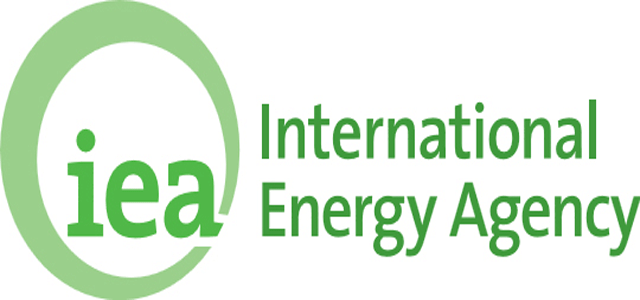I have been saying for years that in the end it will be a matter of economics that will end the use of nuclear power in the United States. It will either be the steady drop of prices for renewables and the cheap fossil fuels that will scare off investors or it will be the massive public rejection of nuclear power after another major nuclear accident.
The International Energy Agency just released a new report with the title World Energy Investment 2018. According to the report, the world invested about one trillion eight hundred billion dollars in energy last year. This represented a decline of about two percent over the previous year. Most of this decline took place in the power generation sector where there were fewer new builds of coal, hydro and nuclear energy sources. Although there was increase investments in solar photovoltaics, they were not enough to offset the decline in traditional generating capacity. Over seven hundred and fifty billion dollars were spent in the electricity sector in 2017 while seven hundred and fifteen billion were spent on oil and gas supplies. Investments in renewables and energy efficiency fell by three percent in 2017.
Four new reactors were commissioned in 2017.
Three of those were in China. Over five gigawatts of nuclear generating capacity was retired in 2017. The net result was a two gigawatt loss of nuclear generating capacity worldwide. In the last ten years, nuclear generating capacity has risen by about ten gigawatts. Plants that will generate sixty gigawatts of nuclear power are under construction globally but only three gigawatts of that is represented by new construction starts.
About half of the total investment in nuclear power last year involved modernization and upgrades of existing commercial power reactors. The IAE said, “Large investments have recently been made in OECD countries to extend lifetime operation and power uprates of the existing nuclear fleet. In general, spending on existing plants yields more output per dollar invested.”
In the past five years, nuclear power plants with a combined capacity of over forty gigawatts have been authorized to extend their operations life time beyond the original forty years for which they were licensed. For comparison, funding for such purposes over the last five years was about seven billion dollars a year which is three times the annual average investment in the previous five years.
The IEA said that, “Assuming these plants run an extra ten years, generation from lifetime extensions over the past five years is equivalent to 15% of expected lifetime output from solar PV and wind investments over the same period, at just 3% of the cost. At 20 years of long-term operation, the output from these upgrades would be equivalent to one-third of expected lifetime output from the solar PV and wind investments.”
The IEA report states that with proper supportive regulatory and technical factors taken into account, extending the life time of existing nuclear power reactors could be, “a cost-effective transitional measure for maintaining low-carbon generation in the face of uncertainties for new nuclear plant development or that for other low-carbon sources”.
The report said that both direct and indirect government financing would remain a very important factor in nuclear power investment. The government is also important with respect to other areas of concern such as market structure, price regulation and financing. The report also mentioned that “Most investment in new nuclear capacity has occurred in markets where the government retains full ownership or a majority stake in most of the utilities.”
